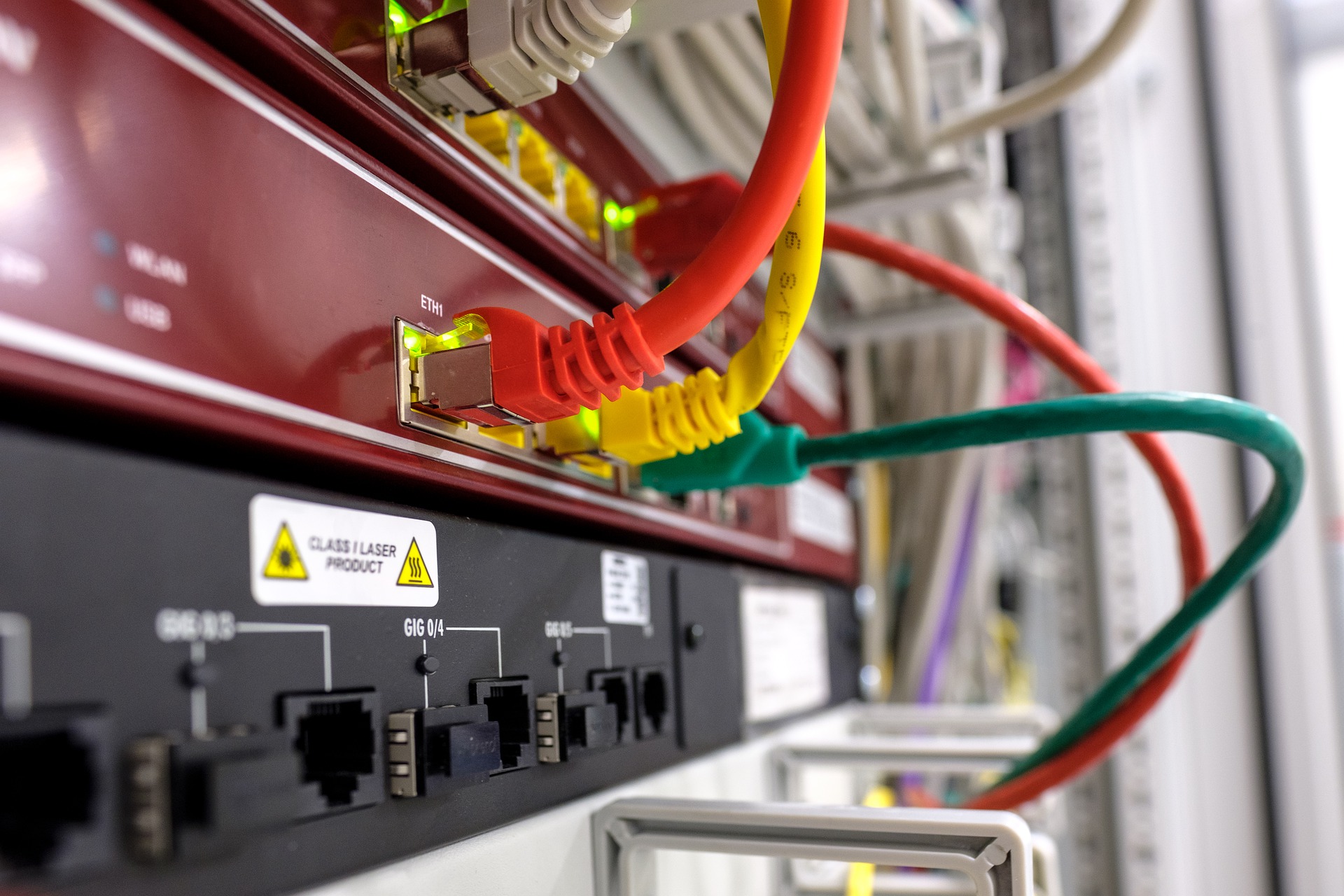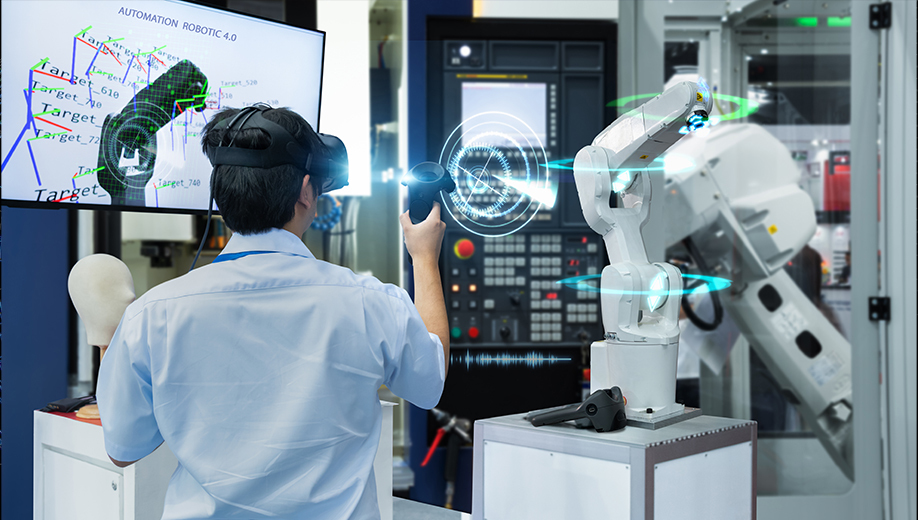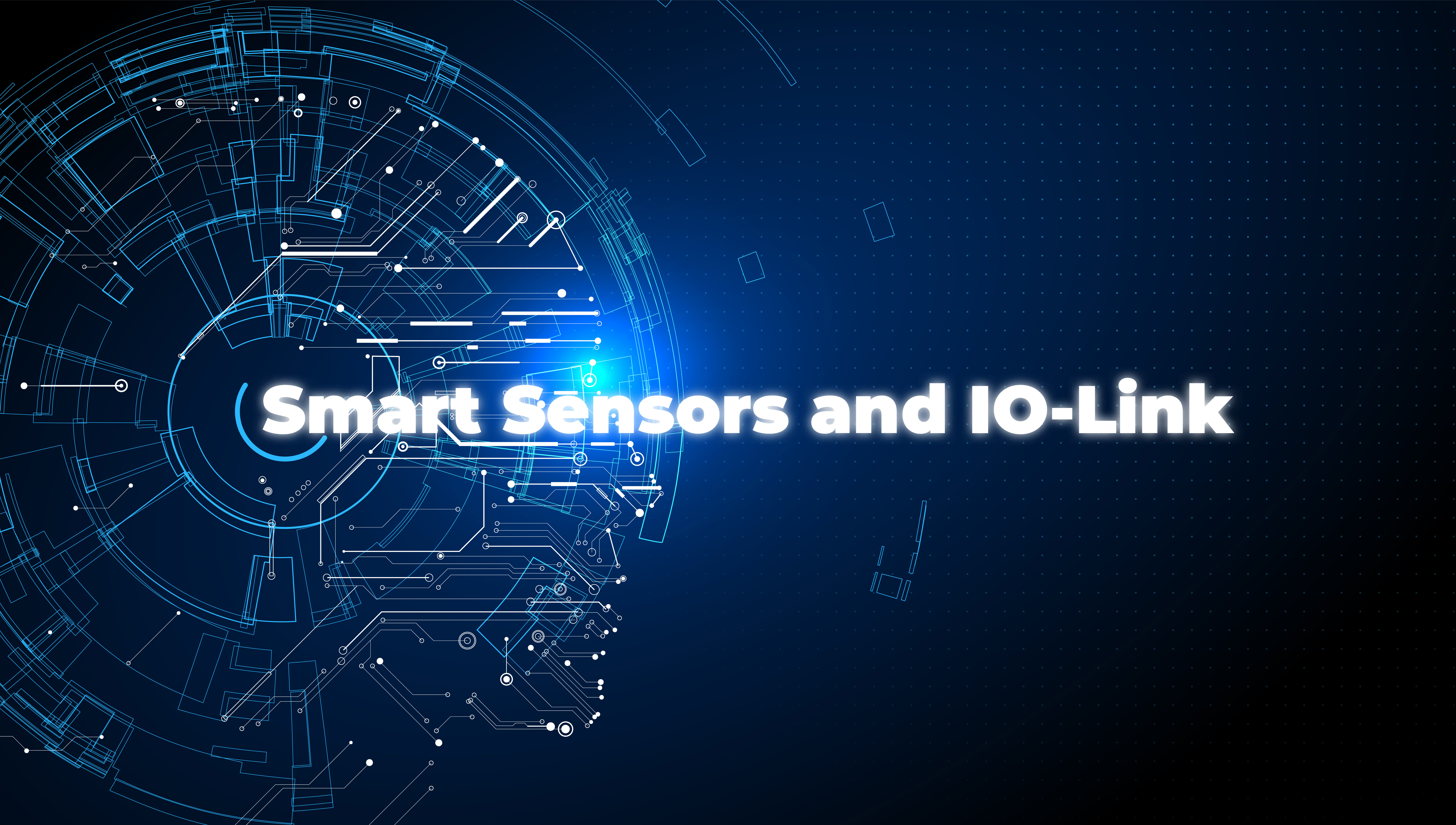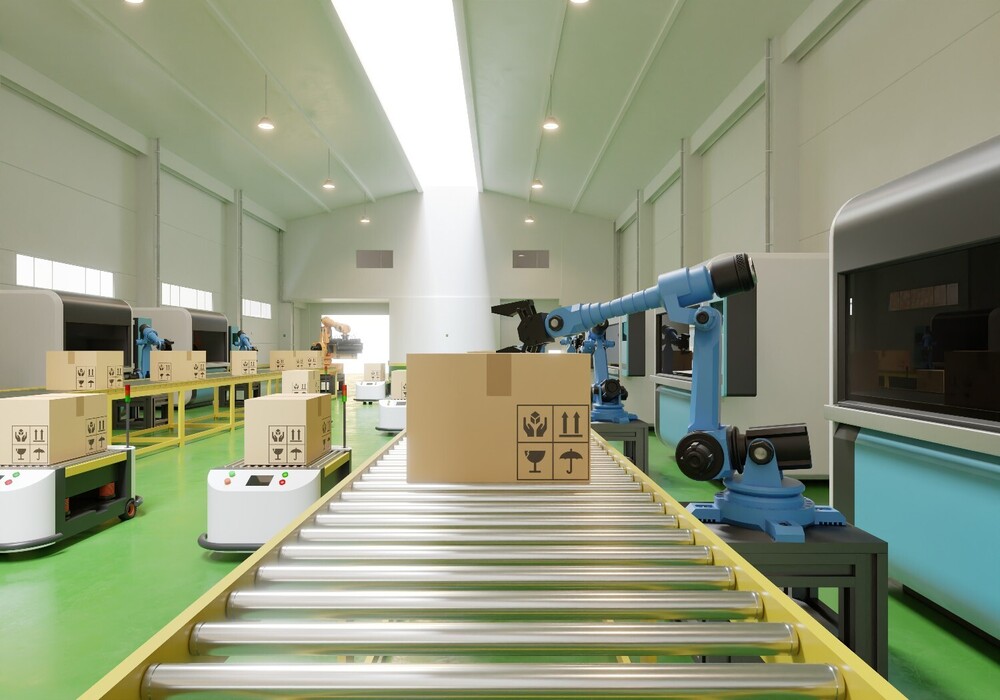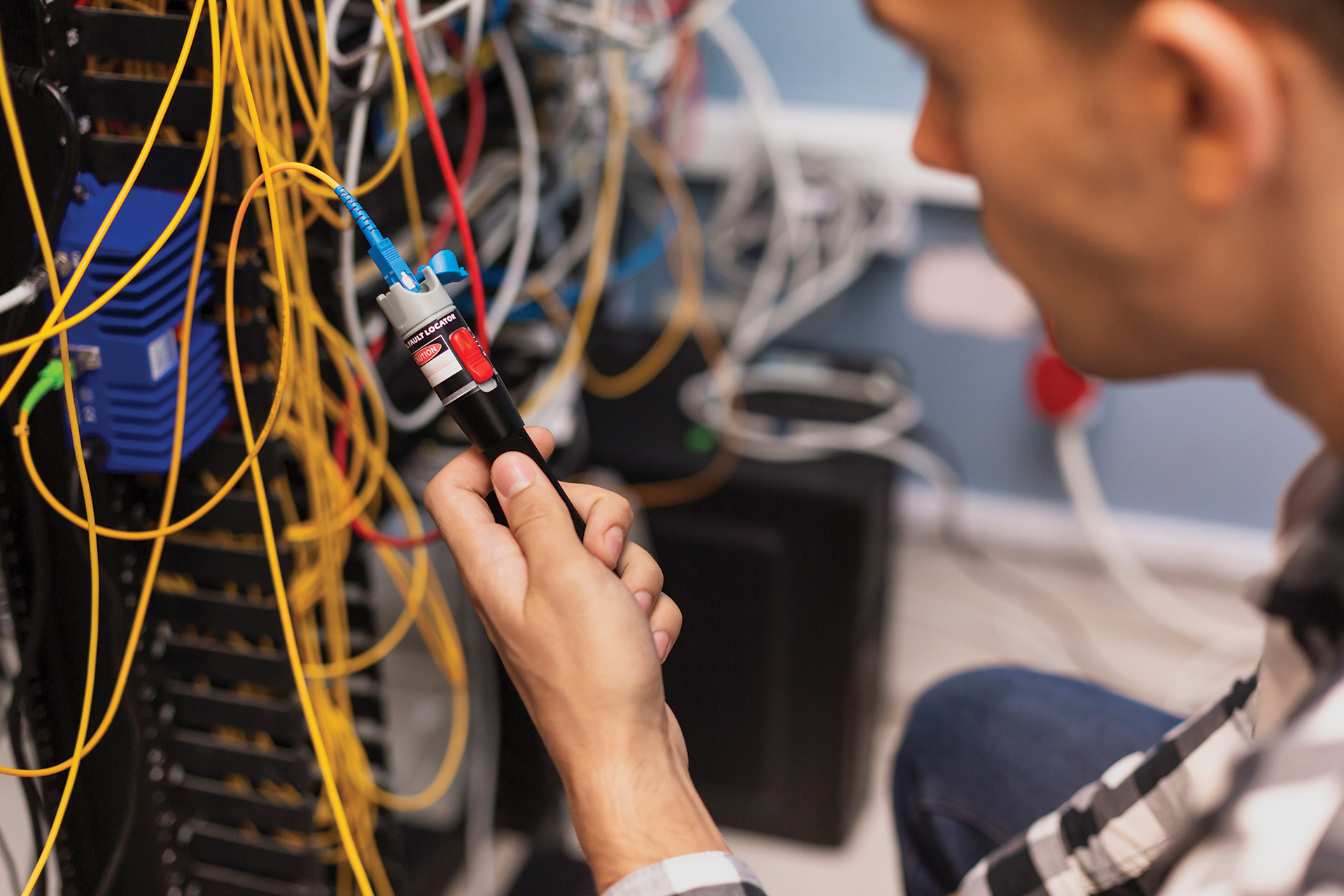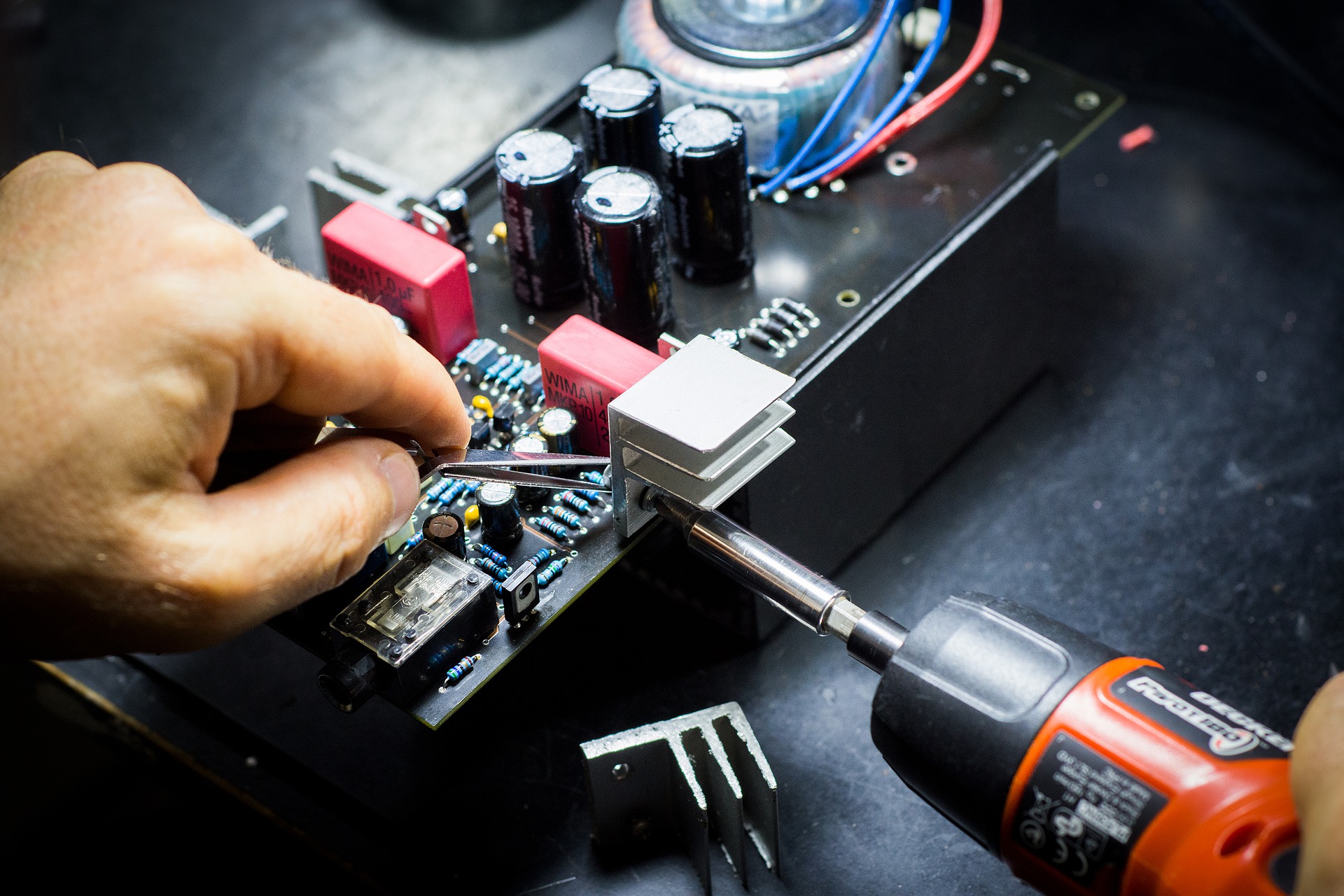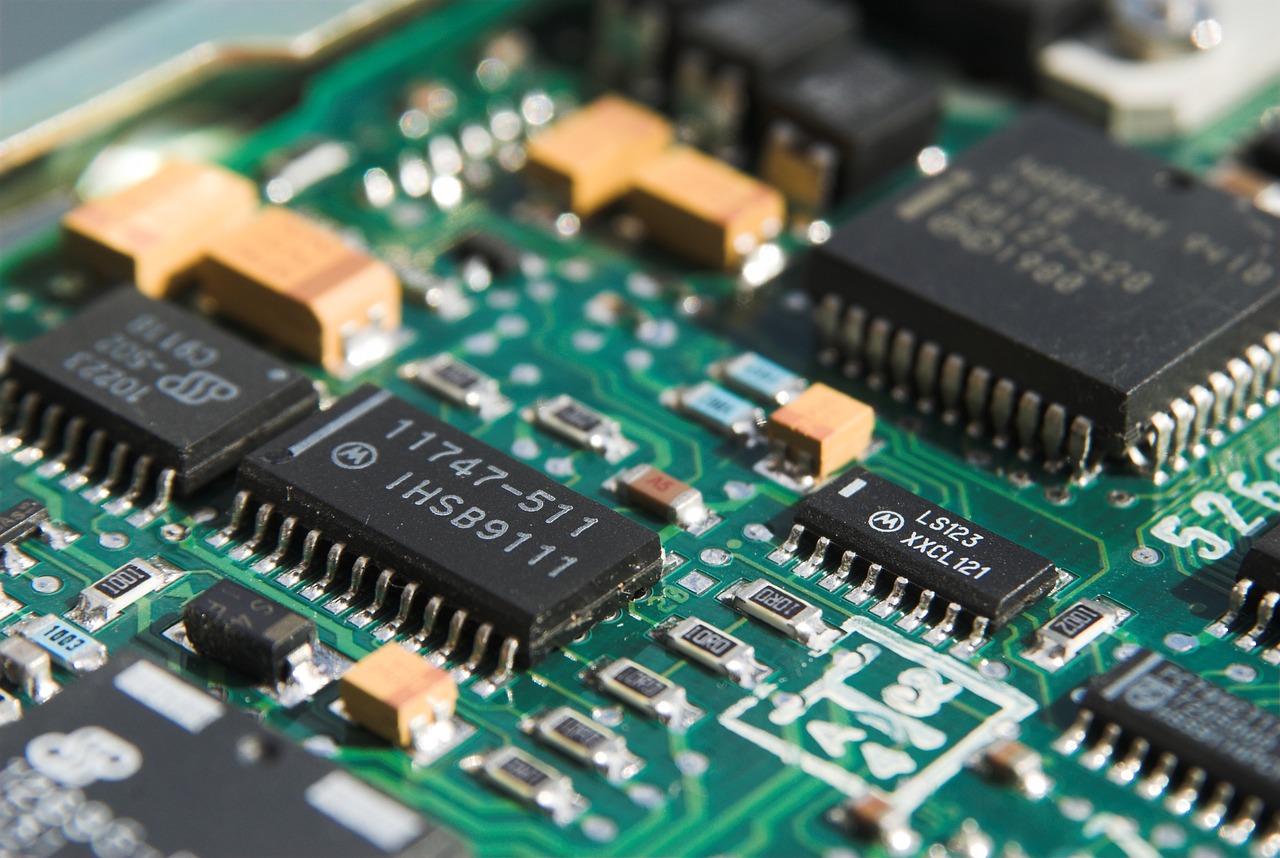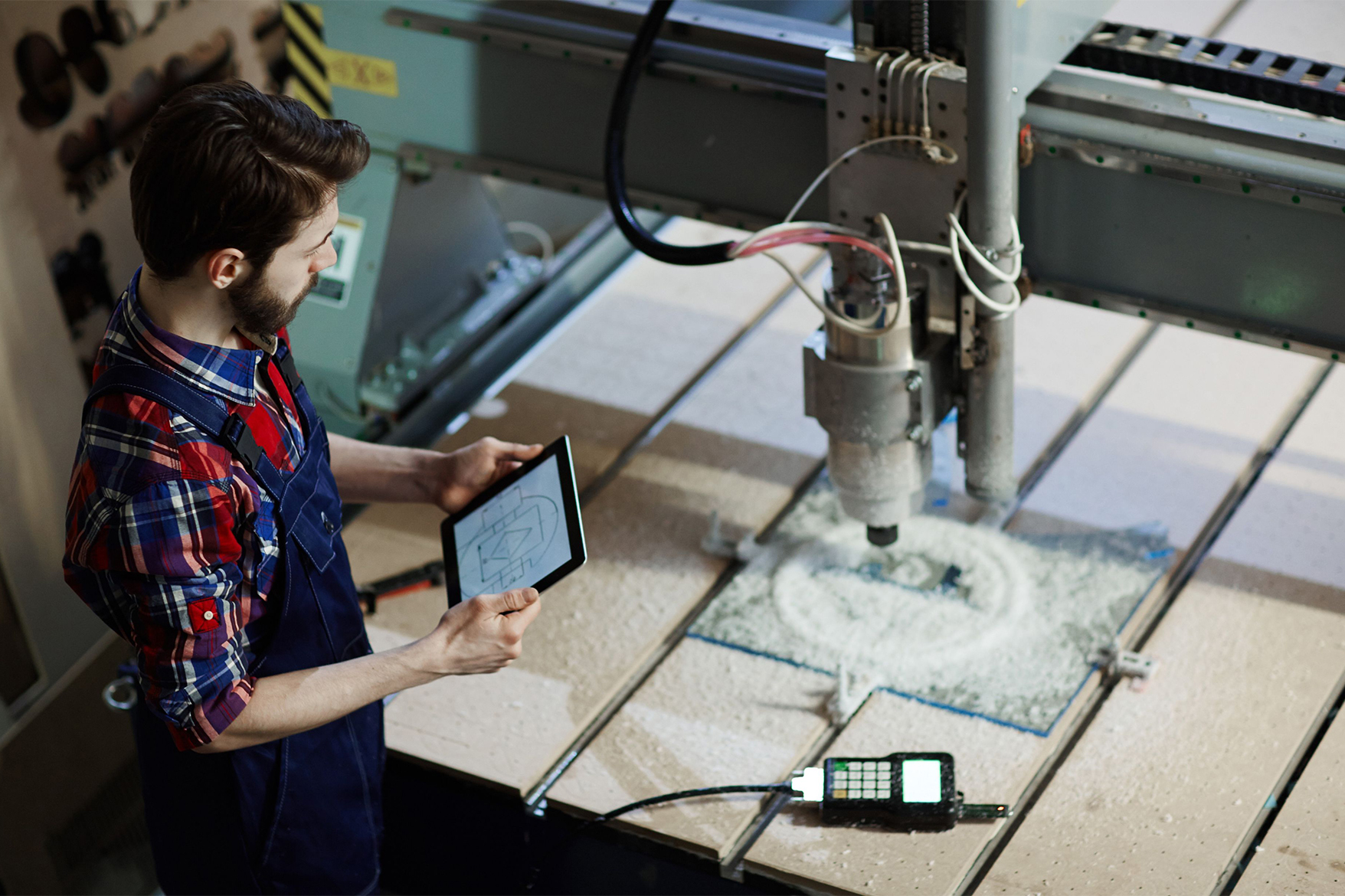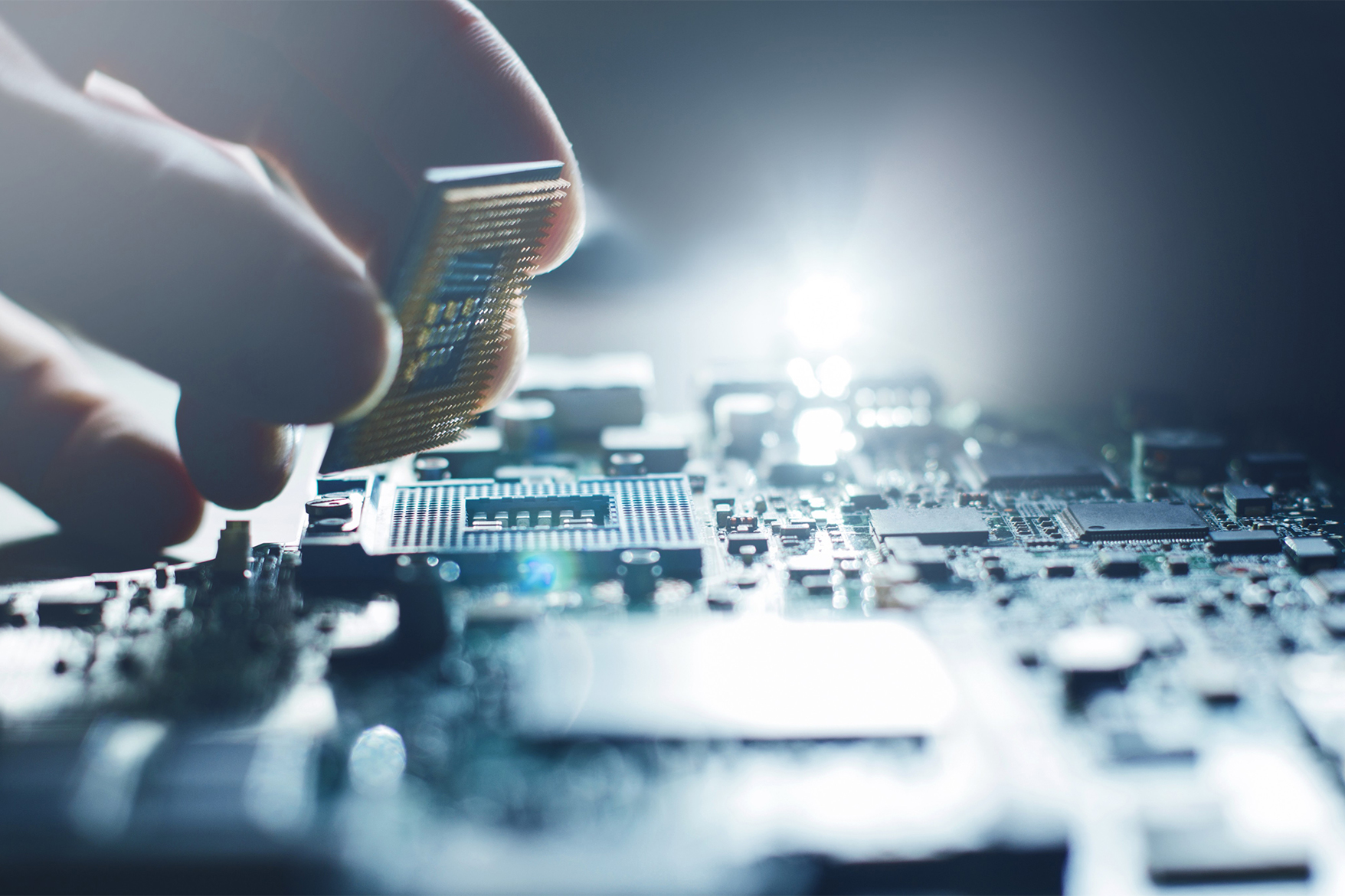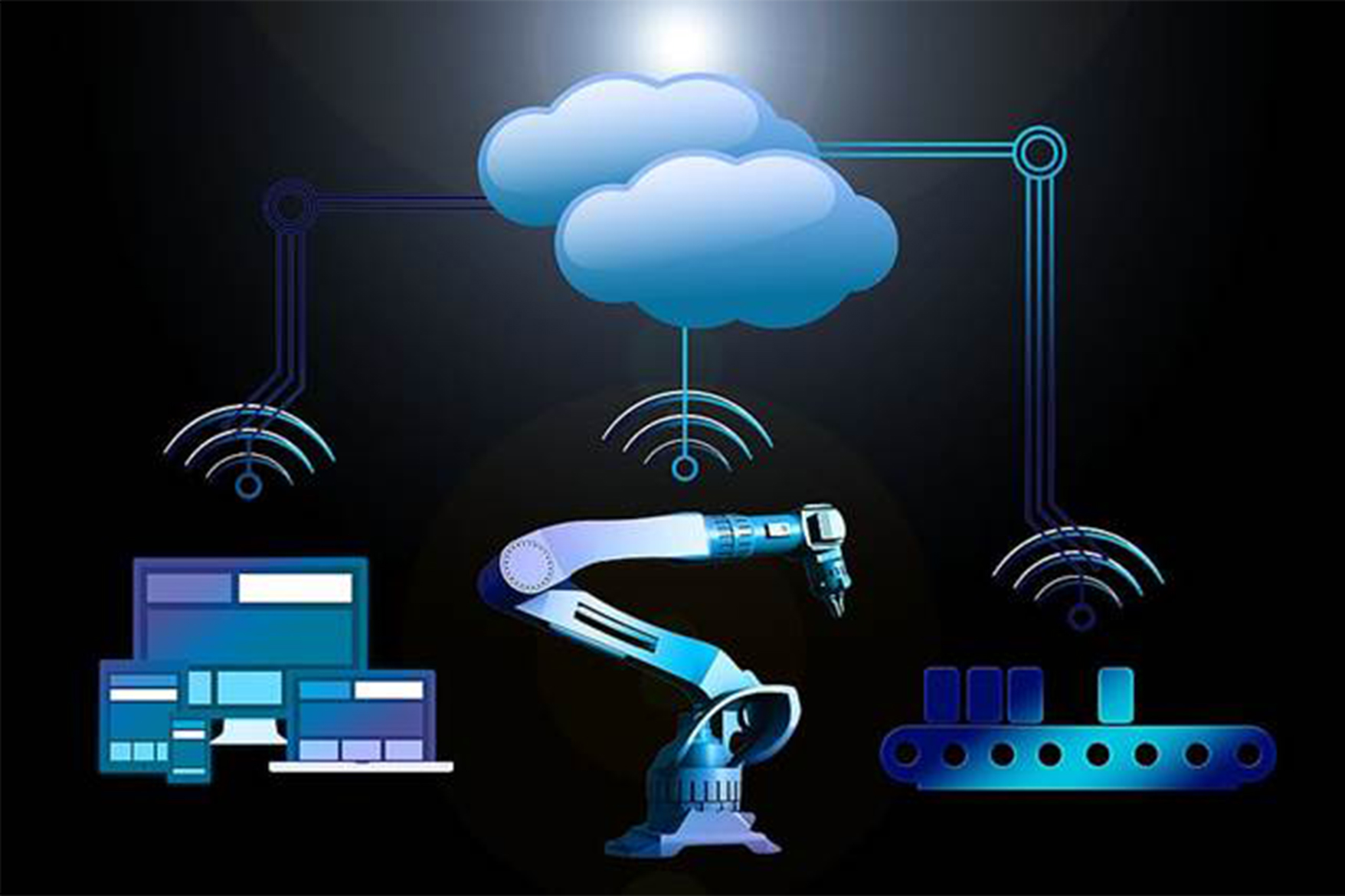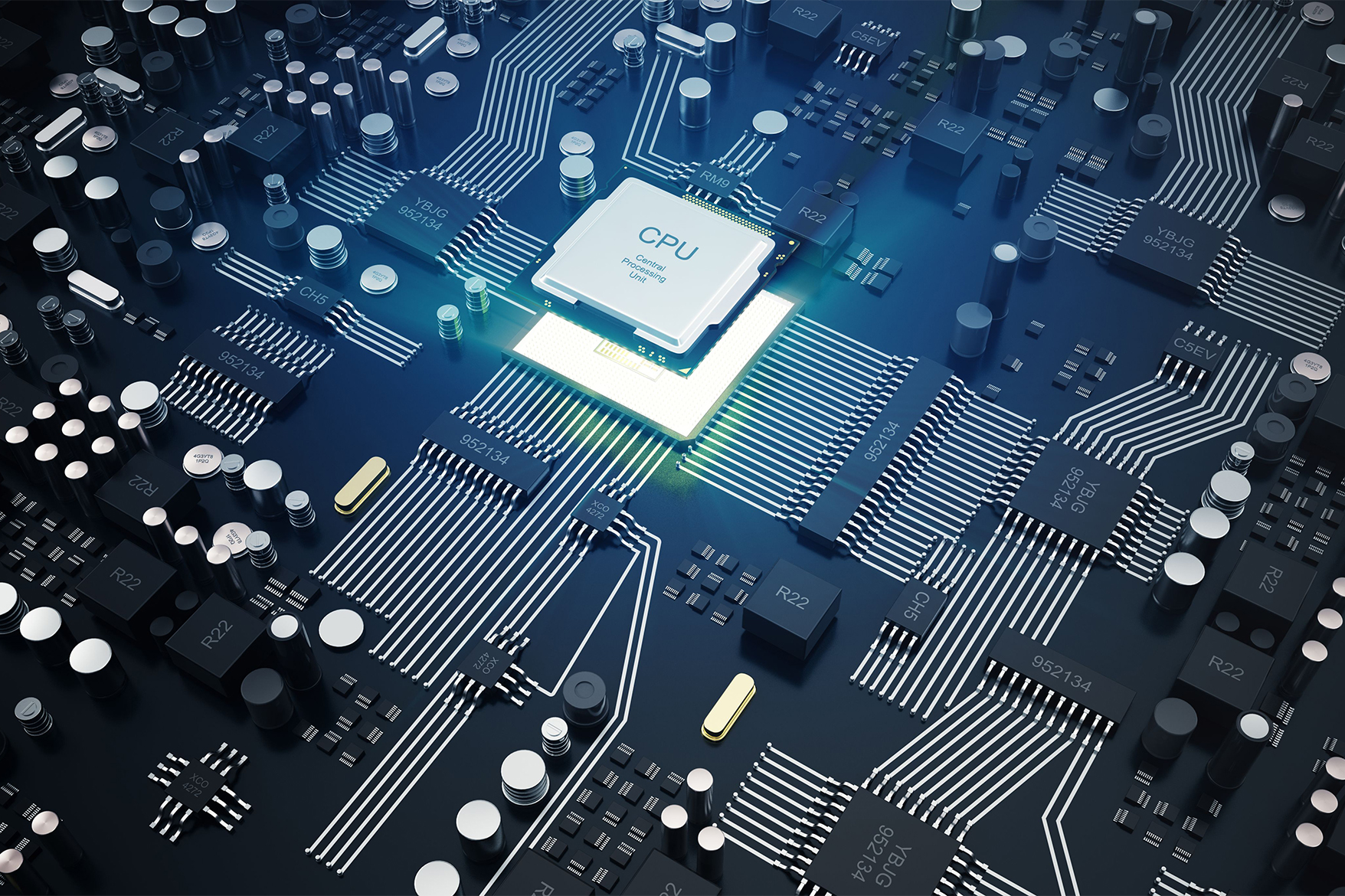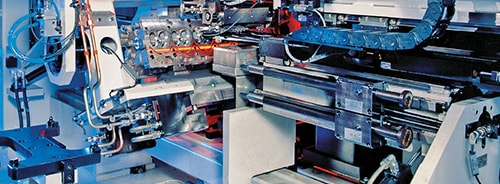The current wave of the industrial revolution, also known as the Industrie 4.0, has proven to improve the production process in various aspects. To realize the promised benefits, a strong communication protocol that allows semantic interoperability among interconnected devices is needed. In manufacturing industries where processes are greatly dependent on the industrial sensors and actuators, there are a few challenges that hinder seamless plant floor communication.
Take for example, the use of 4-20mA analog signals for communication between proximity switches and sensors. Although this produced satisfactory results, it did not provide any scope for diagnostics. So, the issues in the process go unnoticed until the whole system comes to a standstill. The combination of digital and analog devices also requires multiple cable and hence a tedious installation and maintenance process.
To overcome such challenges, the IO-Link Consortium Community, an organization in which key user companies from various industries and leading automation suppliers join forces to support, promote and advance the IO-Link technology. With over 120 members and strong support in Europe, Asia and the Americas, IO-Link has become the leading sensor and actuator interface in the world. The common goal of these companies is to develop and promote a unified and bi-directional communication architecture that involved an easy implementation process and the ability to diagnose the errors at the right time. The IO-Link protocol thus came as a knight in shining armor for the industries to help them gain the best of the Industrie 4.0.
IO-Link is a robust; point-to-point communication protocol specifically designed for devices like actuators and sensors. The IO-Link client is independent of the control network and communicates with an IO-Link master port. This port is placed on a gateway and transfers the data and or signals to the control system for further operations.
IO-Link proves to be beneficial for the factory automation processes especially in the digital era of Industrial Automation. With embedded software systems now becoming an inevitable part of industries, more IO-Links help them to leverage the power of Industrial automation and IIoT.
To get a gist of the benefits you can expect through the proper implementation of IO-Links, read the entire blog.
IO-Link Wired setup enhances factory automation communication for Industry 4.0 applications
Incorporating automation processes into an existing manual based manufacturing end processes are a primary challenge that IR4.0 possesses. To overcome this, many factory communication protocols have been introduced by various institutions.
For the device level, the communication IO-Link protocol is the most viable options to choose from. The reason being many, that we shall discuss in the next section. On the factory floor, IO-Link has long been seen as a wired communication network.
A basic IO-Link communication cycle involves:
- A request from the master device
- Waiting Time- for the request to reach the client device
- Processing time of the request from the client device
- Answer from the device to the master.
- Waiting Time- for the answer to reaching the master.
In general, factory automation units have wired IO-Links that offer high flexibility and enhances the communication systems between the controllers and the system actuators and sensors. However, with the advent of reliable wireless networks, industries are now adopting wireless IO-Link set up these days.
The popularity of the IO-Link for the communication between sensors, actuators, and the control level is steadily increasing with each passing year. In a wireless setup, an approximate 5ms maximum cycle is achievable with high probability. In addition to this, it also provides the required flexibility in automation solutions and opens door to the possibility of using battery-powered or energy-harvesting sensors as well.
How IO-Link Benefits OEMs and End Users
As already mentioned, IO-Link be it wired or wireless creates ripples of benefits for OEMs and ends users. Let us have a look into some of the key advantages of implementing IO-Link for OEMs and end users.
Enables better maintenance
One of the main reason behind the popularity of the IO-Link is its diagnostic capabilities. It means the servers are informed well in advance about any forthcoming issues. This makes them ready for need-oriented maintenance and a better factory automation system.
Efficient operation
As IO-Link sensors are independent of the control network and their accessibility no longer plays a role in automation, you can place them directly at the point of operation. This means the machining process can be optimized to operate at maximum efficiency in the minimum time frame.
Consistent Network
The IO-Link being a standard communication protocol between IO sensors/actuators and the control network brings consistency in your automation network. So you get to integrate more devices into your IO-Link protocol network and introduce flexibility to your network.
Makes your system versatile and future proof
IO-Link sensors and actuators do more than just process and transmitting data to and from the control network. IO-Link protocol integration facilitates reliable and efficient communication between devices. Having IO-Link devices means your system has access to integrated diagnostics and parameterization which also reduces the commissioning time to a great extent. Overall it imbibes versatility to your system and makes it ready for the future of IIoT.
Enables processing of three types of data
With the IO-Link, you can access and process three types of data namely process data, service data, and event data.
- Process data includes data such as temperature, the pressure that is transmitted by the sensors or actuators upon request from the IO-Link master request.
- Service data refers to the one related to the product and not process and includes manufacturer name, product model number, and the like.
- Event data usually comes from sensors when any event notification has to be raised like an increase in pressure.
Provides IODD for each IO device
IO-Link protocol integration assigns each IO device with an IODD or IO Device Description such that the master manufacturers display the same IODD for each of their devices. This way, the operability of all the IO-Links is uniform irrespective of the manufacturer.
Reduces or eliminates wired networks
Since IO-Link protocol integration allows uniformity among the sensors, actuators, and control system, there is no need for separate wires. This way the number of wires can be reduced to a great extent. As wireless networks reign the IIoT arena, the concept of wireless IO-Link protocol integration is also gaining popularity.
Increases machine availability
With IO-Link protocol porting, you can enjoy an errorless and fast data exchange between sensors, actuators, and the control system. This increases the operation speed and reduces the downtime and improves the commissioning processes. Overall the machine errors are reduced thereby giving you more out of the machines.
Conclusion
The 21st century has paved the way to better industrial processes through the advent of industrial automation or the IR4.0. IO-Link protocol porting and IO-Link protocol



